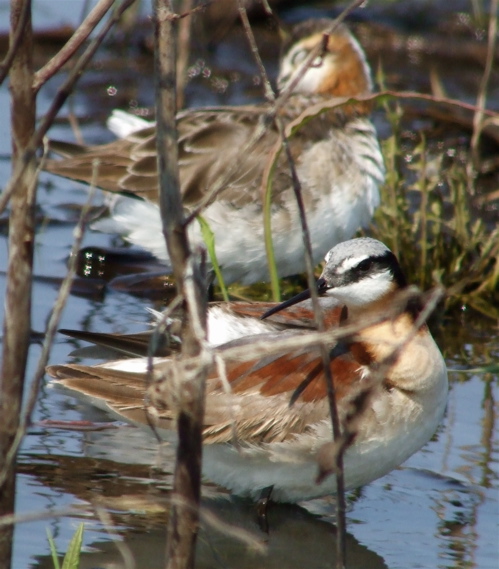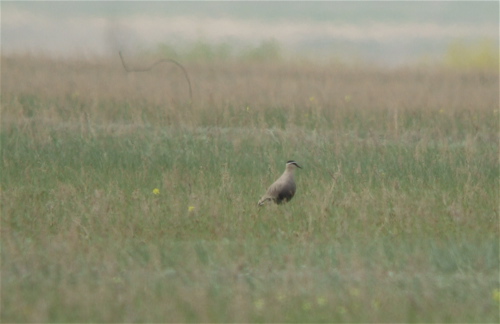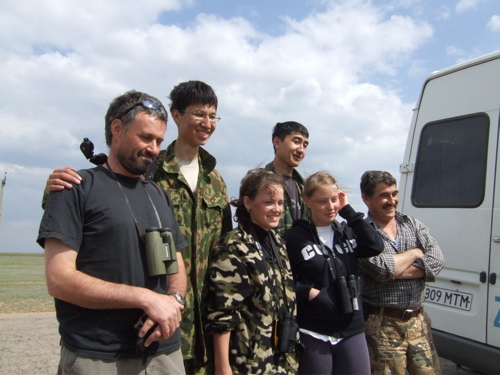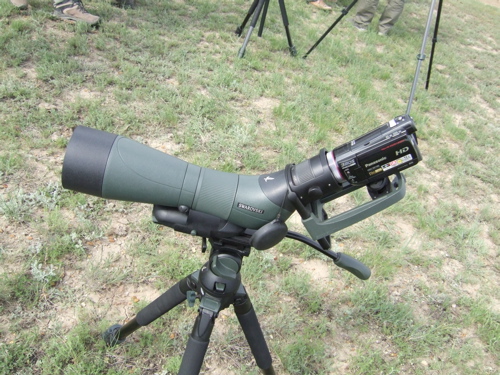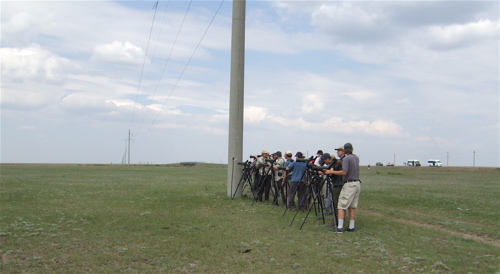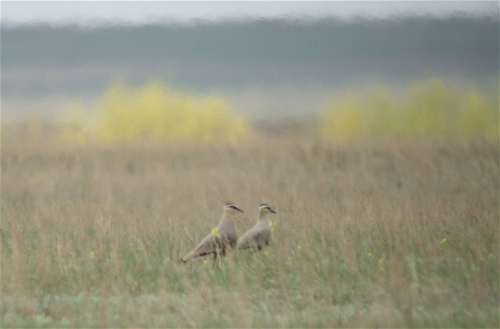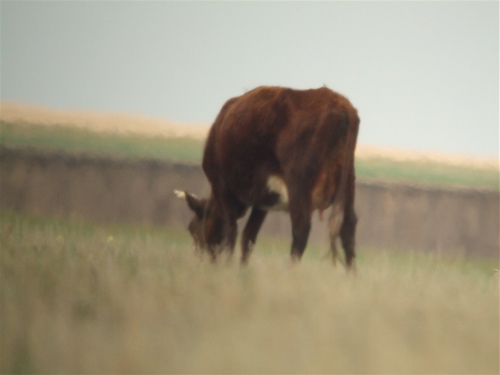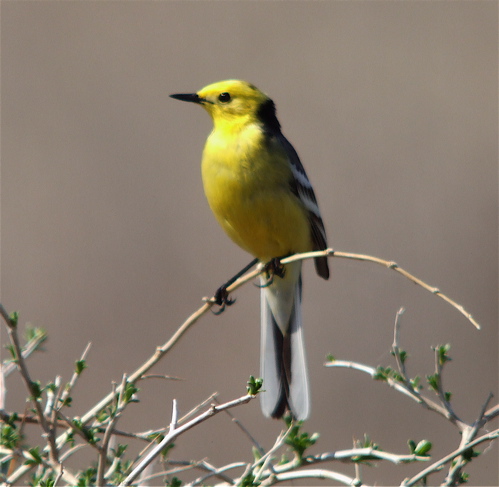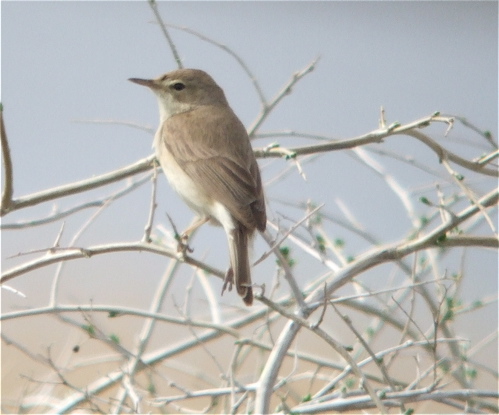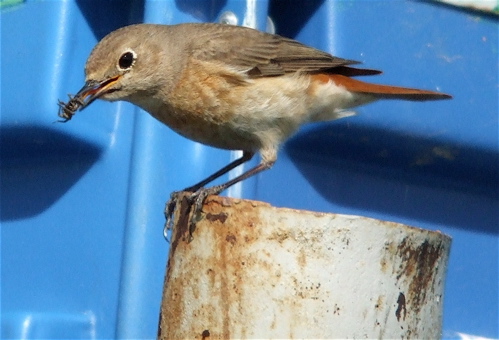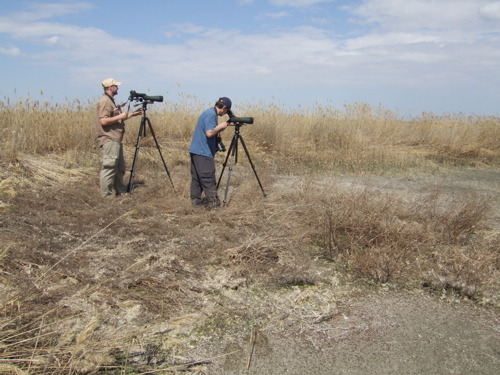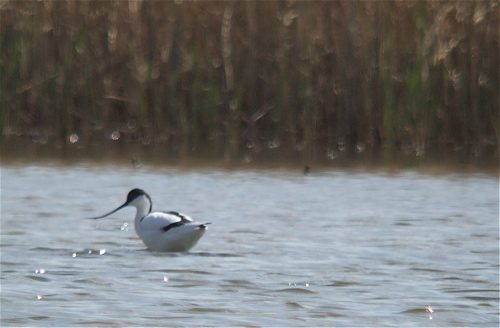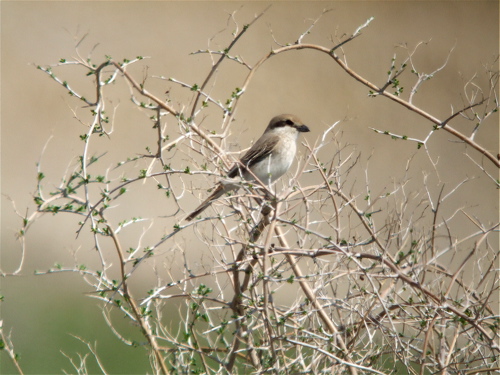The cardinal that I found building a nest on my street last week has begun to incubate eggs. I talked with the construction dudes and they said that the tree is not slated for removal. They recently installed a light pole next to the tree and last night Non Birding Bill and I watched how she remained absolutely still while pedestrians walked right by the tree and the construction dudes laid down some asphalt. I don't know how she stands the noise. I tried some fabulous shade grown coffee this week Birds and Beans. Shade grown coffee is great for birds, it gives them habitat to feed and roost in when they are on their wintering grounds. I visited some shade-grown coffee farms in Guatemala lat February and found many familiar birds living on them--indigo buntings, Wilson's warblers, Baltimore orioles, painted buntings, and western tanagers just to name a few. The coffee came from Wild Birds Unlimited in Saratoga Springs in NY. Give it a try, it's not too heavy and and has a smooth flavor--I had the medium roast, it had a chestnut-sided warbler on the bag.
It's a bad year for peregrine falcons in the UK. According to the Telegraph, the Royal Society for the Protection of Birds has received 50 reports of peregrines found shot, trapped, poisoned or had their chicks stolen already this year, with more cases waiting to be processed. Also disturbing is the discovery of a racing pigoen with a capsule full of poison attached to its leg. The RSPB blames "rogue elements" within the pigeon racing and game shooting communities, who blame them for the loss of their birds.
On the lighter side, if you ever wondered if birds fart, it's being debated over here. theh debated started when a photographer got a photo of a myna and it looked like the bird's vent (butt) had feathers spread out as if air was passing through. I think the splayed vent could also be explained as a cloacal protuberance (aka bird boner).
The American Bird Conservancy has been pushing for Cat Indoors! for years for the safety of wild birds since cats are an introduced predator (and considered a loss of habitat) but many cat owners refuse saying that they love their cats and don't want to deprive them of the outdoors. Well, if you love your cat, you might want to reconsider having them outdoors. The Journal of Widlife Management now says that cats are a prime souce of food or coyotes:
"We observed 36 coyote–cat interactions; 19 resulted in coyotes killing cats. Most cats were killed in residential areas from 2200 hours to 0500 hours during the pup-rearing season. Single coyotes were as effective killing cats as were groups (>1) of coyotes."
And if you are thinking, "Oh, I don't have coyotes in my neighborhood," you might want to read this story about a man who studied the urban coyote and found that up to 2000 live in Chicago, IL.
David Sibley has made his field guide available online...how much longer until he becomes an iPhone application?
The McAllen Chamber of Commerce's Convention & Visitor Bureau is looking for a "McAllen drink." You create a drink and send it to their website. I think it would be fun to come up with a drink that represents the great birds in south Texas. Think of the possibilities for names: The Screaming Chachalaca, the Roseate Spoonbill, Kiskadee Sunrise?? The girl drink potentail is endless!
Cornell Lab of Ornithology is looking for people to help out with their CamClickr website. They have live cameras positioned at active bird nests all around the country. Since 1999, they have archived more than eight million images from these NestCams. To help sort through the images, they developed CamClickr—an online tool you can use to view the images and sort them into albums, then tag each image by the type of behavior you see: preening, eating, feeding chicks, etc. Looking for a way to fill some downtown or want to volunteer for some bird research without spending a lot of money on gas--or better yet, want a way to get your kids involved in nature and put their mad computer skillz to good use--give CamClickr a try.
And to end on a weird not, The Birdcouple had a gruesome yet fascinating story on their blog on how people figured out the birds migrated rather than burrow underground or turn into mice in the winter.



